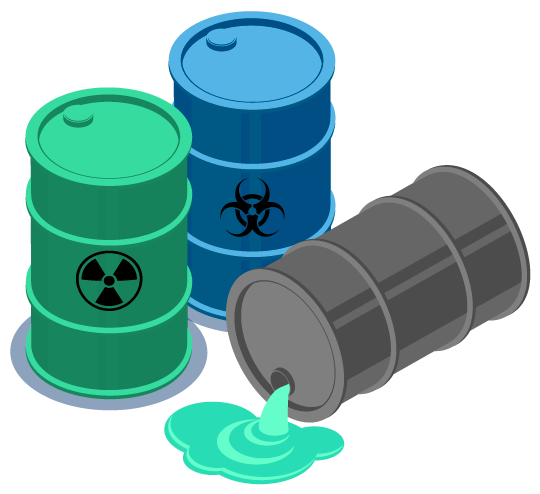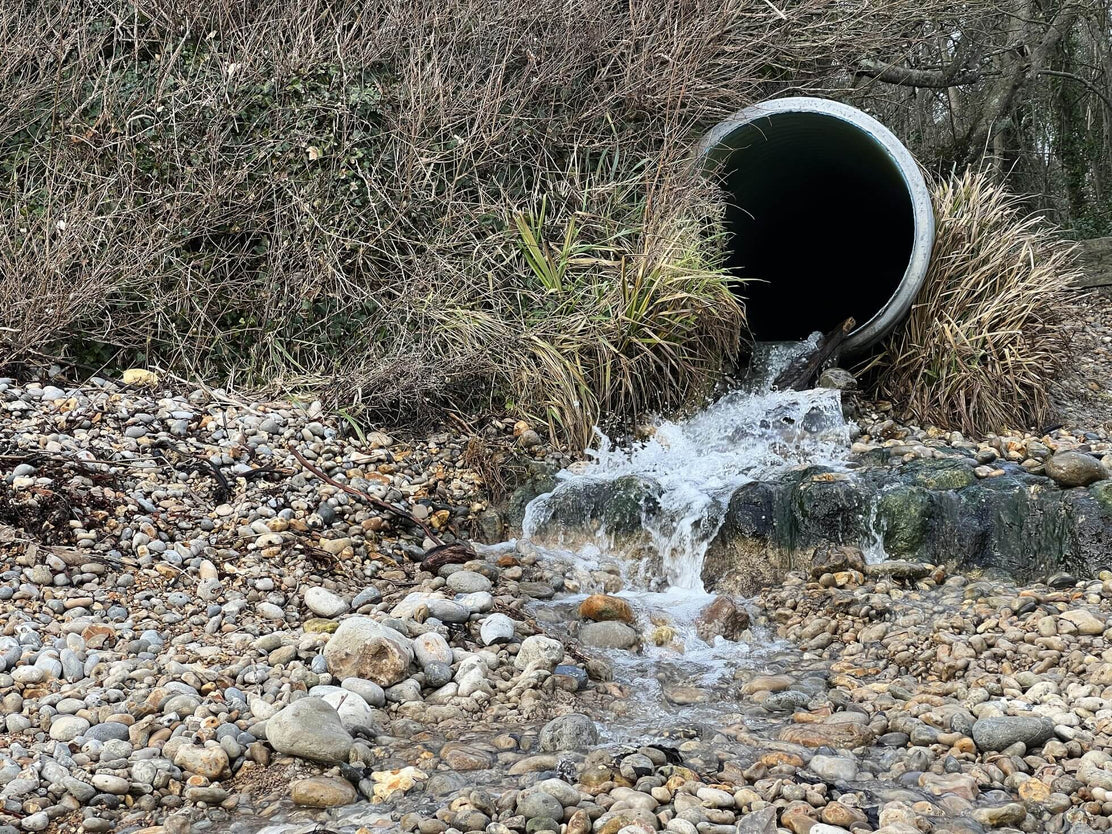Comprehensive Liquid Waste Disposal: Solutions for Homes and Organizations
Comprehensive Liquid Waste Disposal: Solutions for Homes and Organizations
Blog Article
How Fluid Garbage Disposal Works: A Detailed Introduction of Strategies and Technologies Utilized

Review of Fluid Waste Types
The complexity of liquid waste types necessitates a detailed understanding of their features and effects for disposal. Liquid waste can extensively be categorized into several kinds, including commercial, local, agricultural, and dangerous waste. Each category displays unique homes, requiring certain administration methods to alleviate environmental and health threats.
Industrial fluid waste stems from making processes and frequently includes a variety of impurities, such as heavy metals, solvents, and natural compounds. Local fluid waste, largely consisting of wastewater from houses and industrial establishments, has raw material, nutrients, and pathogens (industrial wastewater treatment). Agricultural fluid waste, consisting of runoff from ranches, may have plant foods, pesticides, and pet waste, posturing dangers to water quality and ecosystems
Hazardous fluid waste is characterized by its poisoning, reactivity, or possible to trigger harm. This group includes materials like acids, bases, and specific chemicals that demand strict handling and disposal procedures. Understanding these diverse fluid waste kinds is essential for establishing reliable disposal methods and ensuring compliance with ecological policies. Appropriate category and characterization are vital for applying proper treatment methods and decreasing the unfavorable effect on public health and the setting.
Physical Therapy Techniques

Testing is the first action, where bigger fragments and particles are eliminated from the liquid waste using screens or grates. This procedure safeguards downstream equipment from damages and makes certain smoother procedure. Complying with testing, sedimentation uses gravitational force to different solids from fluids. In sedimentation storage tanks, much heavier bits clear up near the bottom, forming a sludge layer, while the made clear liquid can be additional treated.
Filtration is one more crucial method that involves passing the fluid with permeable materials, such as sand or membrane layers, to catch smaller fragments. This action enhances the high quality of the liquid, making it ideal for subsequent therapy processes.

Chemical Treatment Strategies
Chemical treatment strategies are vital for effectively managing fluid waste, particularly in dealing with dissolved and colloidal impurities that physical methods may not properly eliminate. These techniques use numerous chemical agents to counteract, precipitate, or transform unsafe substances into less hazardous types.
One usual method is coagulation and flocculation, where chemicals such as alum or ferric chloride are contributed to promote the gathering of suspended particles. This procedure boosts sedimentation, look here permitting much easier elimination of the resulting sludge. Additionally, oxidation processes, utilizing representatives like chlorine or ozone, are employed to break down intricate natural compounds and pathogens, making the waste more secure for discharge or more treatment.
Neutralization is one more essential technique, which adjusts the pH of acidic or alkaline waste streams to neutral levels, avoiding potential damage to downstream systems and the atmosphere. Moreover, progressed oxidation procedures (AOPs) make use of mixes of oxidants and ultraviolet light to deteriorate consistent contaminants, accomplishing a greater degree of therapy performance.
Organic Therapy Procedures
Organic therapy procedures play a critical duty in the monitoring of fluid waste by making use of microbes to decay organic matter and decrease contaminant levels. These processes can be generally classified right into cardio and anaerobic therapies, each using certain microbial neighborhoods to accomplish reliable waste deterioration.
Cardiovascular treatment involves using oxygen to promote the malfunction of natural materials by bacteria. This procedure is generally applied in turned on sludge systems, where aeration tanks give a helpful atmosphere for microbial development, causing the oxidation of organic toxins. The resultant biomass can be divided from dealt with effluent with sedimentation.
In comparison, anaerobic therapy happens in the lack of oxygen, counting on various microorganisms to break down raw material. This approach is specifically advantageous for high-strength waste, as it creates biogas, a renewable resource source, while decreasing sludge production. Technologies such as anaerobic digesters are frequently used in commercial and local applications.
Both anaerobic and cardio biological therapies not only decrease the environmental influence of fluid waste but also facilitate resource healing, making them crucial elements of sustainable waste monitoring techniques. Their versatility, effectiveness, and efficiency sustain their prevalent implementation across various markets.
Arising Technologies in Disposal
Innovative approaches to liquid garbage disposal are quickly advancing, driven by improvements in technology and a boosting focus on sustainability. Among these arising modern technologies, membrane bioreactors (MBRs) have actually gotten go to my blog grip for their capability to incorporate organic treatment with membrane purification, causing top quality effluent that can be reused in numerous applications. MBRs enable smaller footprints and a lot more efficient procedures compared to standard systems.
An additional promising advancement is making use of anaerobic digestion integrated with nutrient recuperation modern technologies, which not only deals with liquid waste yet additionally creates biogas and recovers useful liquid waste disposal melbourne nutrients like nitrogen and phosphorus. This double benefit boosts source efficiency and decreases environmental impact.
Additionally, progressed oxidation processes (AOPs) are being taken on for the destruction of complex organic pollutants. These methods use effective oxidants and catalysts to damage down impurities at the molecular degree, providing an extremely effective solution for challenging waste streams.
Additionally, the integration of artificial intelligence and device understanding in waste monitoring systems is maximizing operational efficiency and anticipating upkeep, leading to minimized costs and improved ecological compliance. These technologies reflect a considerable change towards even more sustainable and effective fluid garbage disposal practices.
Verdict
In conclusion, effective fluid waste disposal necessitates a comprehensive understanding of different strategies and technologies. By constantly advancing these techniques, it ends up being possible to address the growing challenges connected with liquid waste, ultimately adding to ecological security and resource recuperation.
Liquid waste disposal is an important element of environmental management, requiring a comprehensive understanding of different strategies and technologies customized to various waste types. Liquid waste can extensively be classified right into several kinds, including industrial, municipal, agricultural, and dangerous waste. Agricultural liquid waste, consisting of drainage from ranches, may contain plant foods, pesticides, and pet waste, presenting threats to water high quality and ecological communities.
Various physical therapy approaches play an essential function in managing fluid waste properly - industrial wastewater treatment.In final thought, reliable fluid waste disposal demands a thorough understanding of numerous methods and modern technologies
Report this page